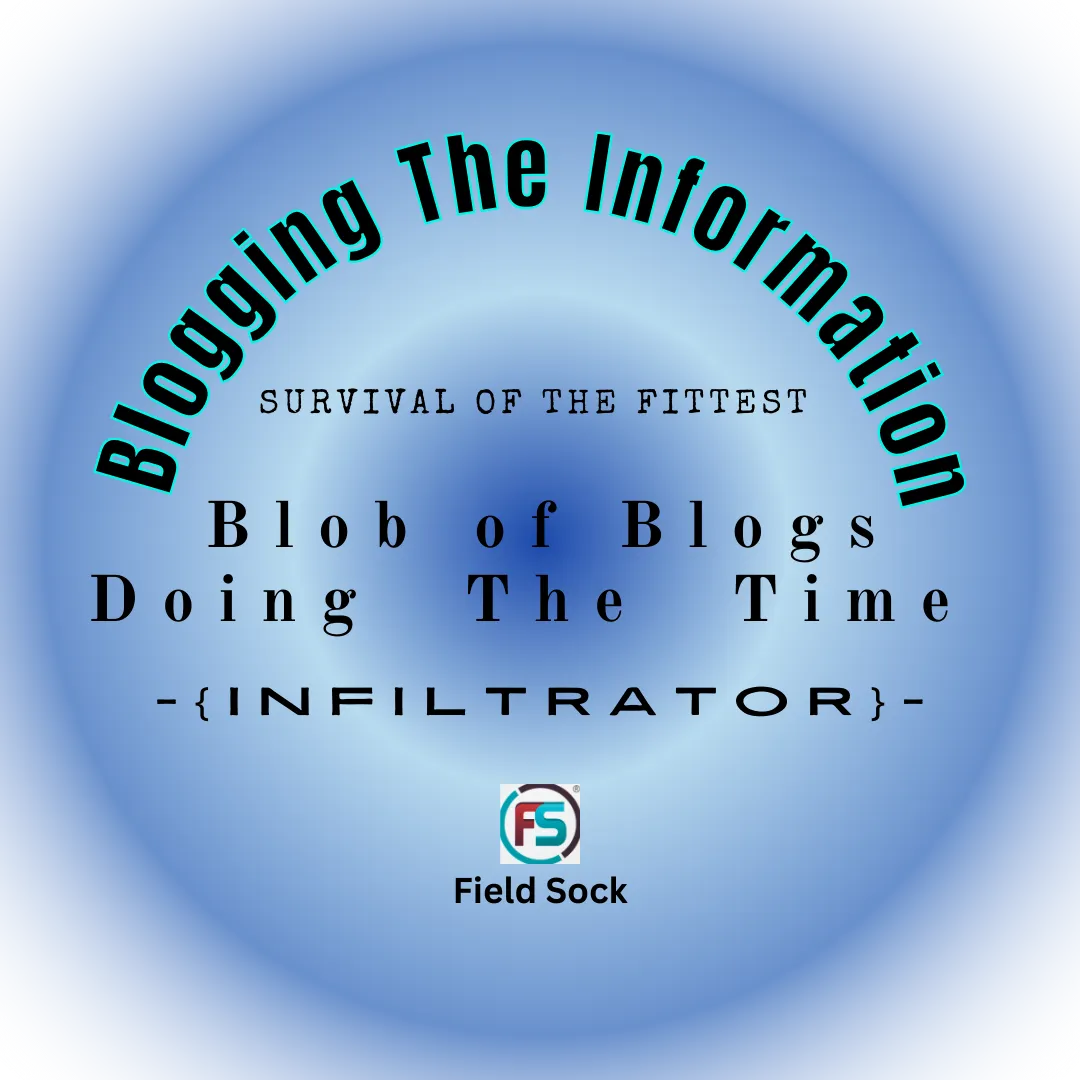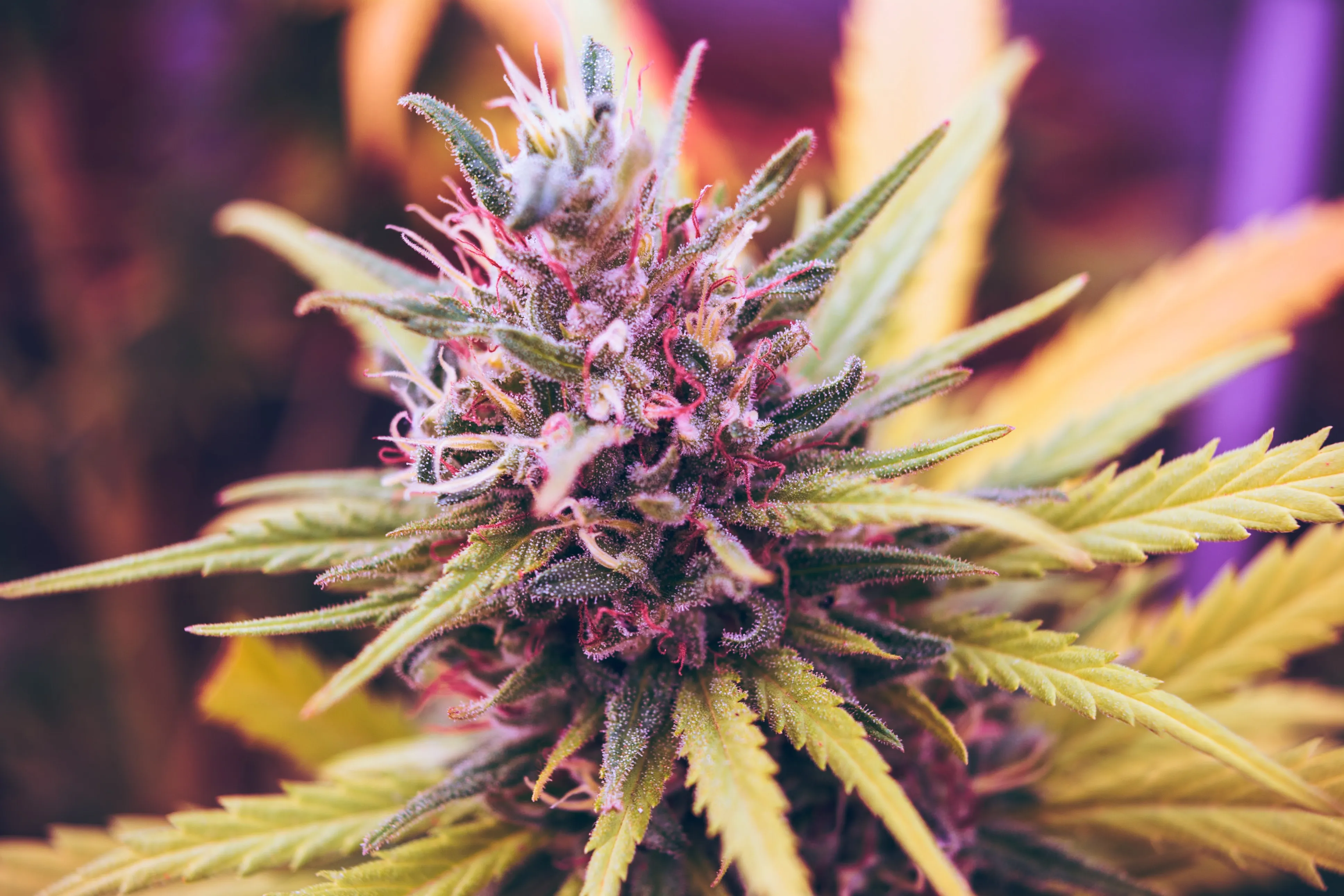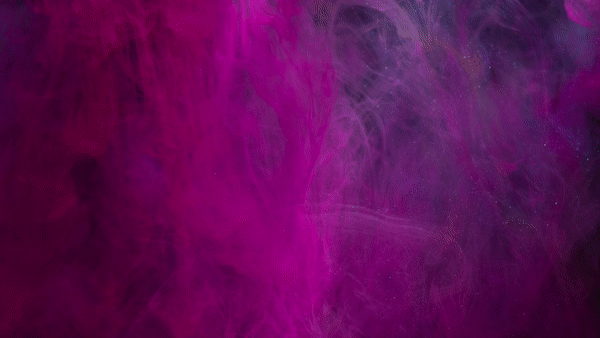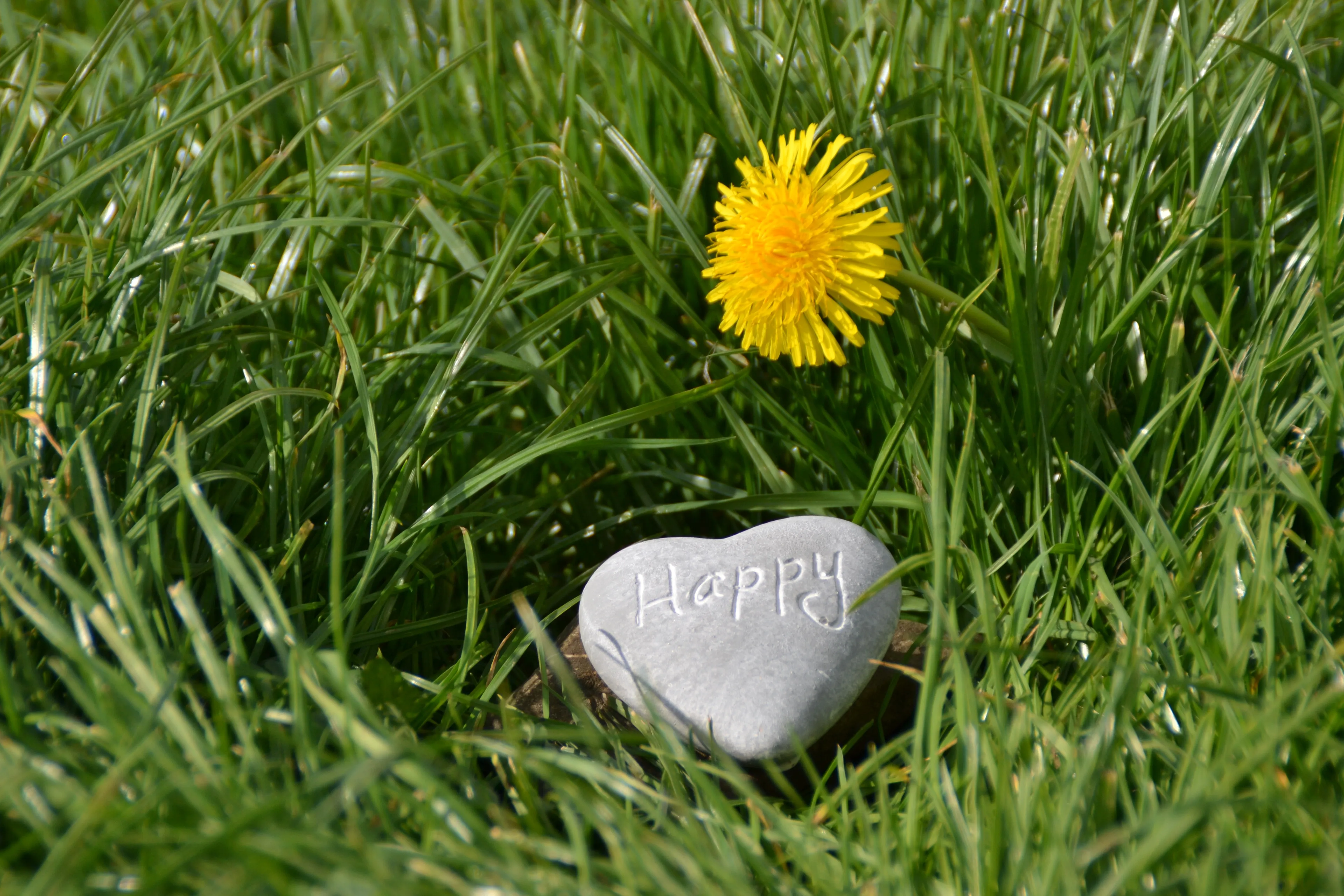Is CBD Better Off With or Without "THC" __________________
The Battle of; CBD and THC:
When it comes to CBD (cannabidiol) and THC (tetrahydrocannabinol), it's important to understand their individual properties and effects. CBD and THC are both cannabinoids found in cannabis plants, but they have different impacts on the body.
CBD is known for its potential therapeutic benefits, such as promoting relaxation, reducing anxiety, alleviating pain, and aiding in sleep. On the other hand, THC is the psychoactive compound in cannabis responsible for the "high" feeling.
The Removal:
Removing THC from CBD products typically involves using extraction processes that isolate CBD from other compounds found in the cannabis plant, including THC. This results in CBD products that contain minimal or undetectable levels of THC.
Removing THC from CBD does not necessarily diminish the potential healing properties of CBD itself. CBD can still provide its own therapeutic effects even when isolated from THC.
CBD and THC Together, Better or Worse:
However, it's worth noting that some studies suggest that CBD and THC may have a synergistic effect when used together, known as the "entourage effect." This means that the combination of different cannabinoids and other compounds found in the cannabis plant may enhance their overall therapeutic potential.
It's important to consult with healthcare professionals, such as doctors or medical experts, for personalized advice on using CBD or THC products for specific health concerns. They can provide guidance based on individual circumstances and medical history.
___________________________________________________________
The image above depicts the trichomes, and that, my friends, is your best friend.
Here are a couple of methods on diluting the CBD from the THC:
The process of removing or reducing THC from CBD products typically involves extraction methods that isolate CBD from the other compounds present in the cannabis plant, including THC. Here are a few common methods used for THC removal or reduction:
- CO2 extraction: This method uses pressurized carbon dioxide (CO2) to extract CBD from the plant material. By controlling the temperature and pressure, specific cannabinoids, including THC, can be selectively extracted or eliminated.
- Solvent-based extraction: Solvents like ethanol or hydrocarbons can be used to extract CBD from the plant material. After the initial extraction, further purification techniques can be employed to remove THC. This may involve techniques like winterization, filtration, or distillation.
- Chromatography: This technique utilizes chromatographic separation to isolate and remove specific compounds, including THC, from CBD extract. High-performance liquid chromatography (HPLC) and flash chromatography are commonly employed for this purpose.
It's important to note that no extraction method can guarantee 100% THC removal, but why would anyone want that. I can't wrap my head around the fact, the government wants any of it taken out when, in fact, in doing so, it takes away from the healing components. Even with careful extraction and purification, trace amounts of THC may still be present in the final product. Regulations may also vary depending on the jurisdiction, so it's crucial to comply with local laws and regulations when producing or purchasing CBD products.
If you're interested in CBD products with no detectable THC, it's recommended to choose products from reputable manufacturers who provide third-party lab test results, also known as certificates of analysis (COAs). These tests can verify the THC content and ensure compliance with legal limits.
Always consult with healthcare professionals or experts in the field for guidance on specific extraction methods or the use of CBD products.
________________________________________________________
How to Measure THC Amounts in CBD After One of the Three Methods Is Completed
After employing a THC removal method, determining the remaining THC content in a CBD product typically involves laboratory testing. Third-party testing facilities can perform analyses to measure the concentration of cannabinoids, including THC, in the final product. Here's an overview of the testing process:
- Sample preparation: A representative sample of the CBD product is collected for testing. This sample should accurately represent the entire batch or product line.
- Testing methodology: There are different testing methods available, such as high-performance liquid chromatography (HPLC) or gas chromatography (GC), which can quantify the levels of THC and other cannabinoids in the sample. These methods use specific instruments and techniques to separate and detect different compounds.
- Analysis and reporting: The testing laboratory analyzes the sample, measures the THC content, and generates a certificate of analysis (COA) or test report. The COA provides detailed information about the cannabinoid profile, including THC levels, as well as any other relevant information about the product, such as contaminants or potency.
Conclusion:
By reviewing the COA from a reputable testing facility, consumers and manufacturers can determine the THC content in a CBD product and ensure compliance with legal limits. It's important to note that legal limits for THC content vary by jurisdiction, so it's crucial to adhere to local regulations.
When purchasing CBD products, it's advisable to look for brands that provide readily available and up-to-date COAs for their products. This helps ensure transparency and allows consumers to make informed decisions based on the product's THC content and overall quality.
Click on the image above to learn more about "Luscious Lips"





